After spending all that time in researching and money working with a contractor to build your equestrian arena, the most important part that is so frequently overlooked, is the maintenance. Daily, proper horse arena maintenance is the key part of keeping your riding surface at its optimum and extends its longevity. Let’s take a look at some of the most common questions we get on caring for your riding arena surface.
How do you maintain a horse arena?
The general answer to this is quite simple: With frequent even watering, daily harrowing and leveling with an appropriate arena leveler. First, let’s look at a general approach on how to drag and water your arena.
How do you drag a riding arena?
Say goodbye to chain link fences and simple harrows from the past. Now is the time to invest in the correct arena equipment. Getting an appropriate arena drag with a leveling blade for leveling function of the arena footing is imperative. For geotextile arena footings, you need a special arena drag with coil tines which are gentle tines for blending the geotextiles with the sand. Avoid using S tines with geotextile arena footings as they rip up the rooting system you are trying to create with the geotextile sand additives. If you have a sandy loam or sand with a lot of clay content, you would need to get an arena leveler with ripper tines to loosen up the compacted footing. Arena groomers with a swivel attachment are the best as they allow to drive into deep corners and turns without shifting the arena footing to the sides.
Additionally, don’t always drag using the same pattern. By regularly changing the direction and pattern of your arena dragging, you’ll be better able to even out any peaks and valleys. View a simple arena drag pattern in the video below.
How often should you groom your riding arena?
While daily arena grooming is key to keep the arena surface at its optimum, the exact frequency will be dependent upon a few factors.
- How often the arena is used. If your ring sees a moderate traffic (up to 10 horses) every day, using an arena leveler daily will likely be necessary to keep it maintained. Arenas with 10+ horses daily should be dragged twice a day.
- For what discipline the arena is used. Some disciplines ride largely on the rail, and therefore that track will wear out quicker. Flatwork like dressage and equitation is gentle on the arena footing, while jumping has a much higher impact on the surface and need much more attention.
- Type of arena surface. Some arena surfaces require more water or grooming than others. An arena footing which is thoroughly watered will be more stable and would need less harrowing like a dry sand arena.
How do you water a horse arena?
Even watering is the key to maintain your arena footing properly. We recommend using water wagons pulled by your tractor, or our Platz Max Rain with the built-in water tank. This arena drag waters the riding surface while you are grooming it. And, it puts the water evenly into the footing instead of spreading it on top. Overhead sprinklers are helpful if you can water during the night to avoid evaporation and uneven watering caused by the daytime wind. If you have the budget, the best option is a sub-irrigation system, like the HIT Active Aqua underground watering system. With underground horse arena irrigation, water is evenly disbursed from the ground up.
How much should you water your arena surface?
Determining your watering schedule will also require you to assess your situation. Factors to consider include:
- Type of watering system. Underground irrigation, water wagons, and overhead sprinklers all have variables that will make your watering frequency, length of watering, and time of watering different.
- Climate. How much you need to water an arena in a hot and dry climate vs. a cooler or more humid environment, including the time of year, will vary greatly. In a dry climate like California, watering thoroughly twice daily is necessary. If you live in the Midwest or East Coast with occasional rain showers and storms once a week, daily light watering will be sufficient.
- Footing materials. The type of sand additive you use will also play a role in how much you need to water. Wood chips hold moisture well, but also break down if too wet, so finding a happy medium on how much water you add is important. Rubber is not porous, but also does not bind with sand, so, like with plain sand, will require more water to keep dust levels down. And, geotextile additives stabilize sand and retain moisture, which leads to water savings.
Additionally, if your arena is used for multiple disciplines, you can adjust the firmness or softness with the amount of water you use. To make a softer, springier jumping footing, use less water. To make a firmer footing, use more.
No matter the circumstances, a good, general rule of thumb is to water deeply, two to three times a week. If you water frequently and lightly, the water will only sit on the top 1/2 inch of footing. It will evaporate quickly and, therefore, the arena footing below will not stay stable.
What will happen if you don’t perform proper horse arena maintenance?
A number of symptoms can arise from a poorly maintained arena. These typically depend on how much traffic your riding arena sees, traffic patterns, what the base and footing is made of, whether your ring is indoor or outdoor, and more. Without regular use of a performance arena leveler and consistent watering, your riding surface may present with:
- Arena footing that has shifted, creating both deep and shallow areas.
- An arena base that has been disturbed and potentially broken down and mixed with the arena footing.
- Dusty or hard and clumpy footing.
- Significant wear along the walls.
Not only will these preventable issues cause a more regular need for financial upkeep of your arena, but they can also be detrimental to your horse’s soundness and overall health. Simple horse arena maintenance like using and arena drag and watering system will go a long way.
Take home message: Your footing will only be as good as your horse arena maintenance! Only an evenly watered arena footing will also drag evenly.
If you have any additional questions on arena maintenance and care, please contact us!
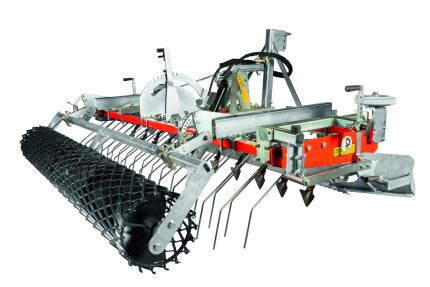
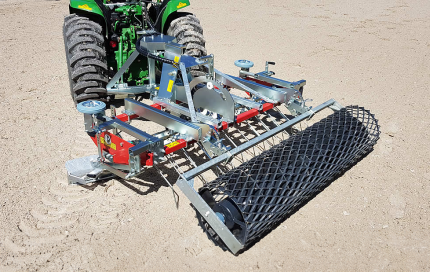
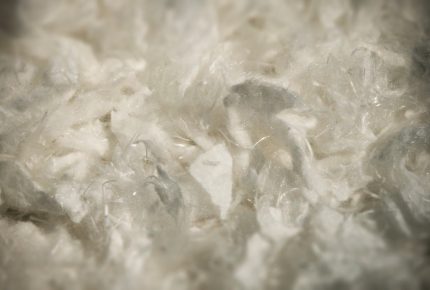
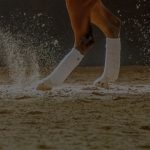 Geotextile Arena Footing
Geotextile Arena Footing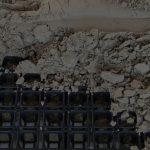 Ground Mats and Grids
Ground Mats and Grids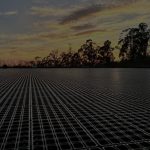 Subsurface Irrigation
Subsurface Irrigation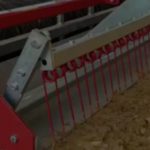 Arena Drags & Groomers
Arena Drags & Groomers Mirrors and Kickwall
Mirrors and Kickwall Horse Wellness
Horse Wellness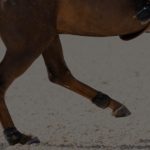 Dust Control
Dust Control